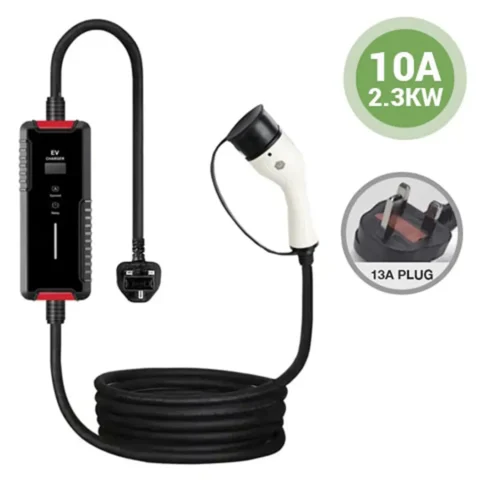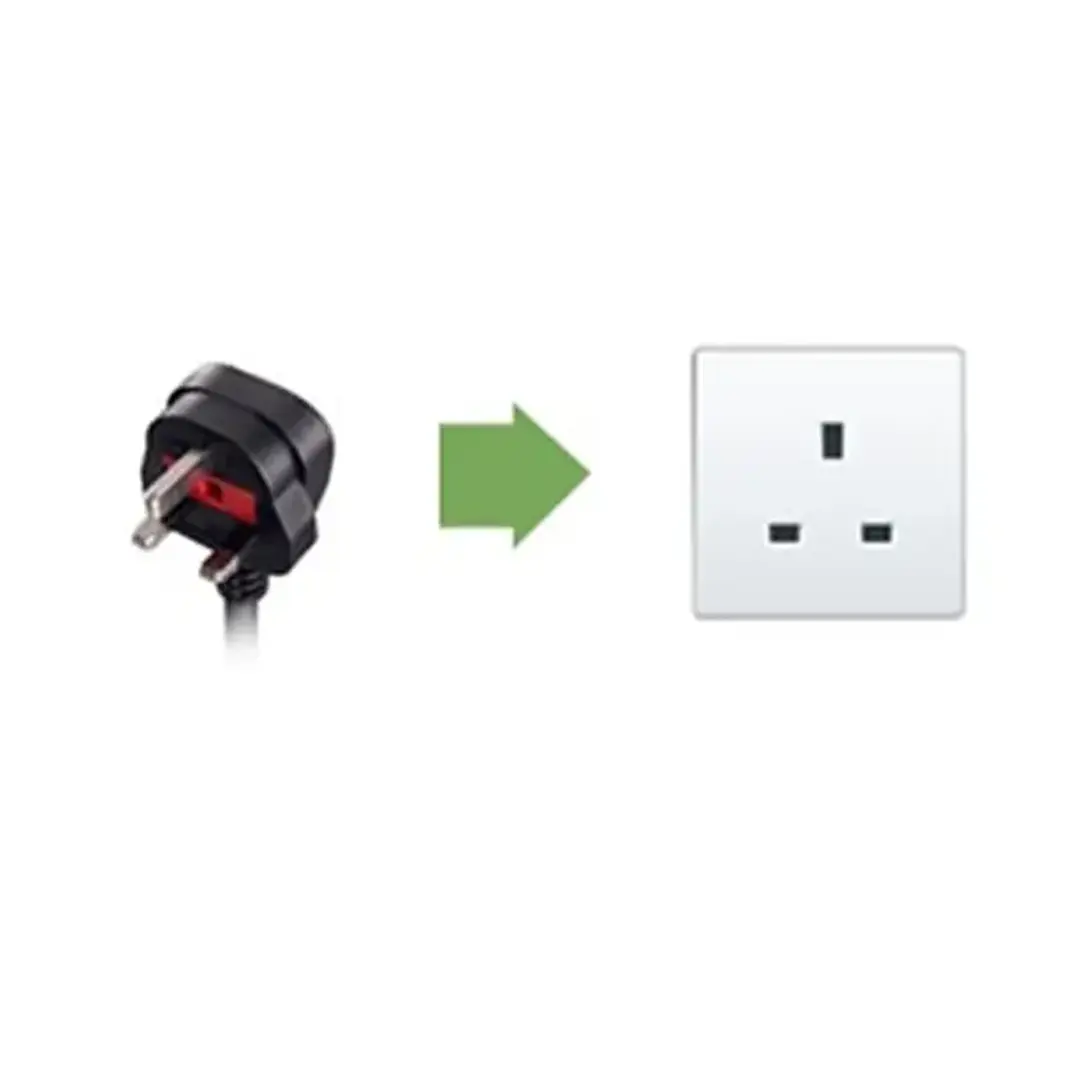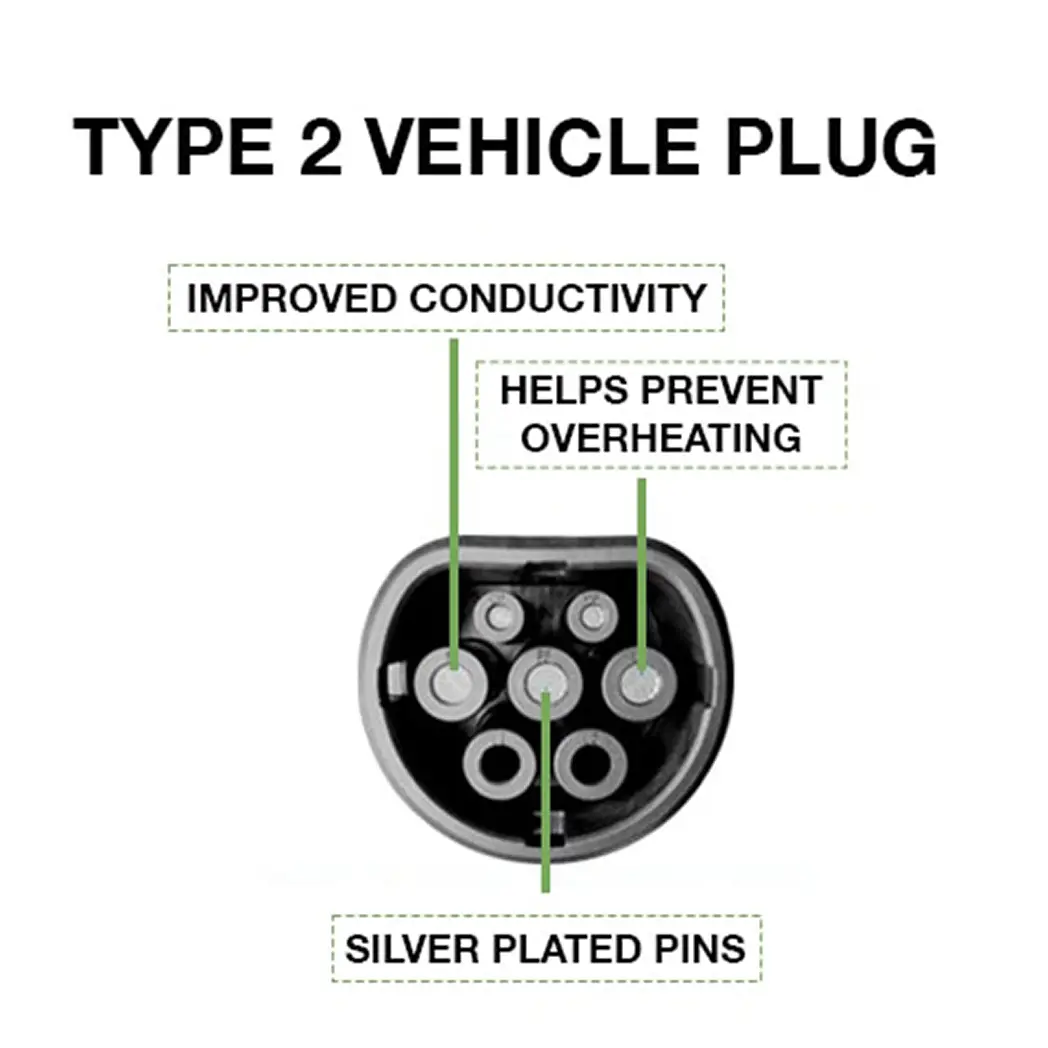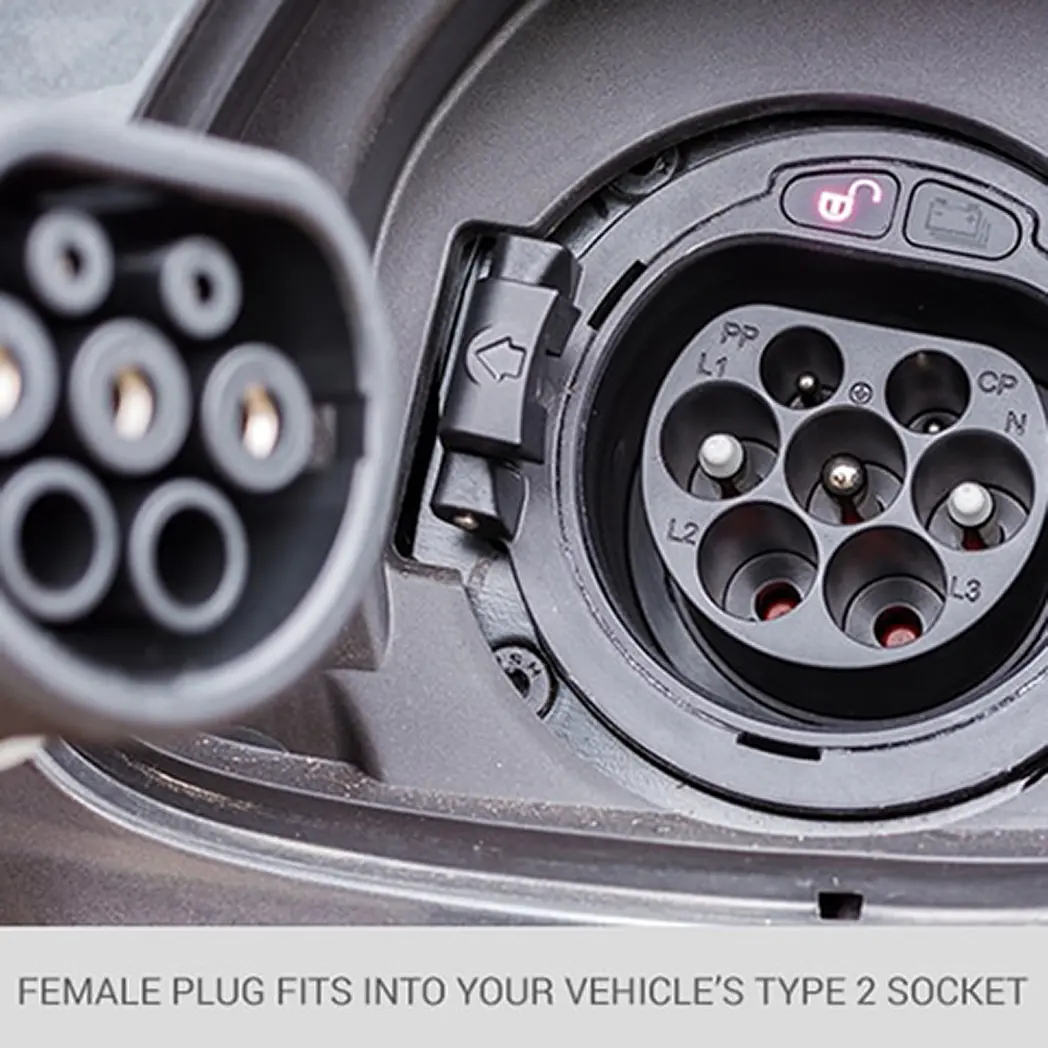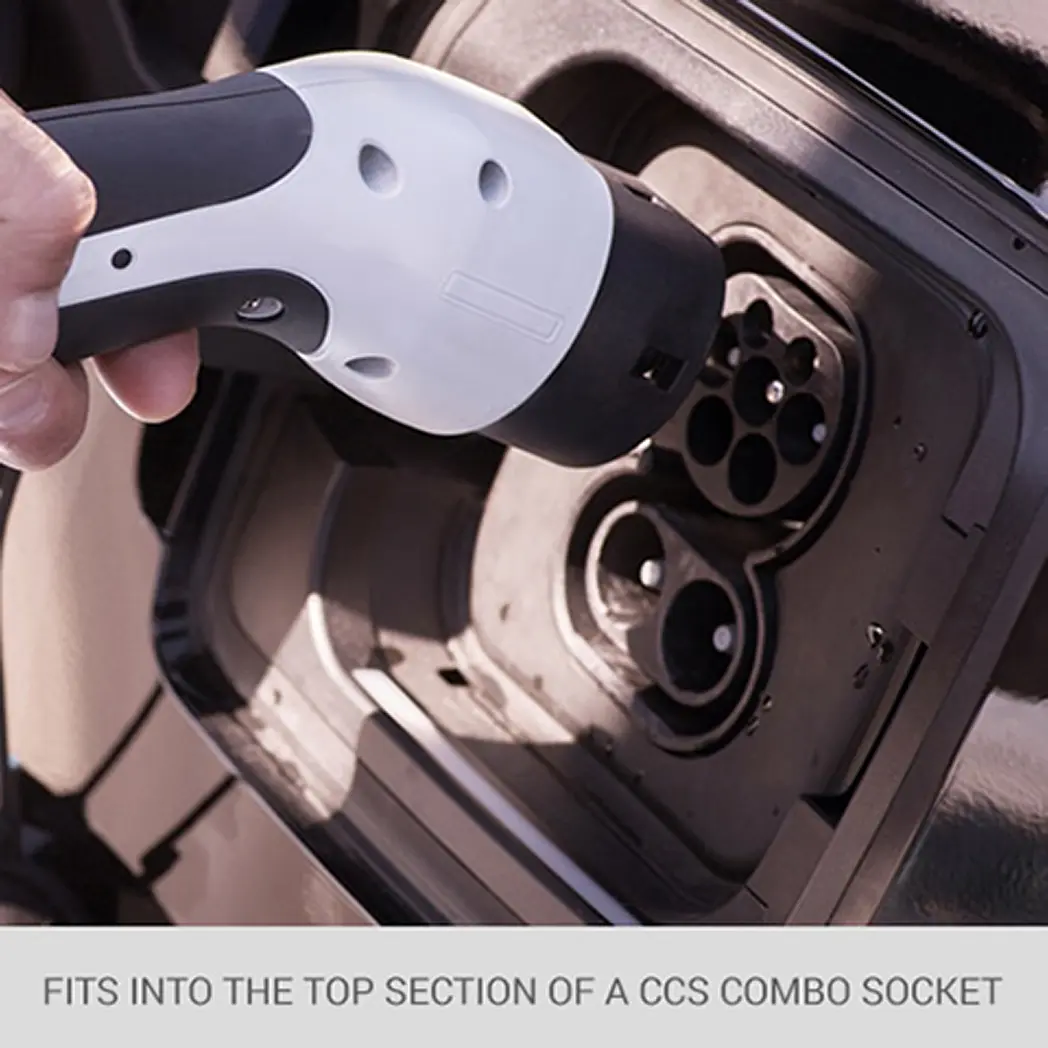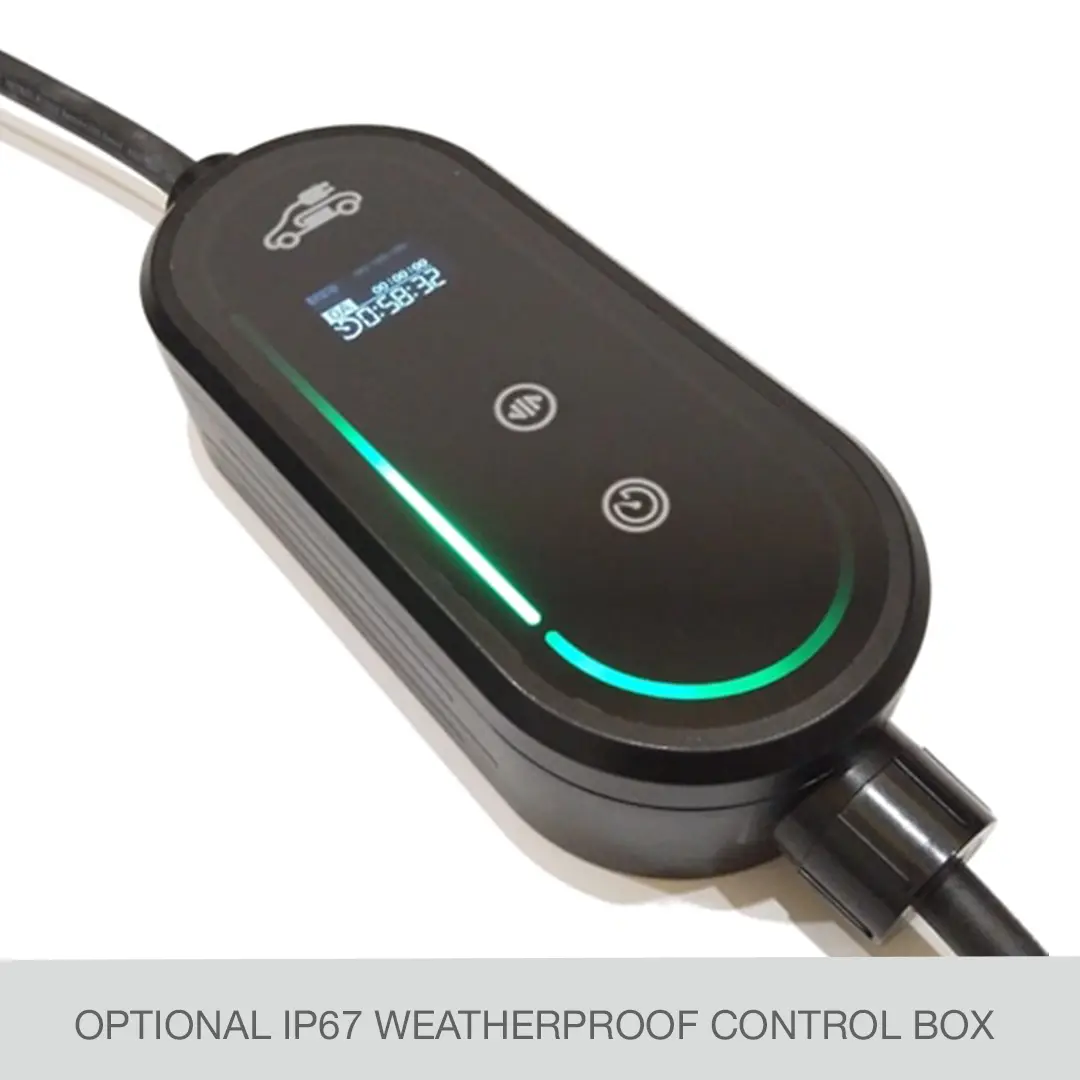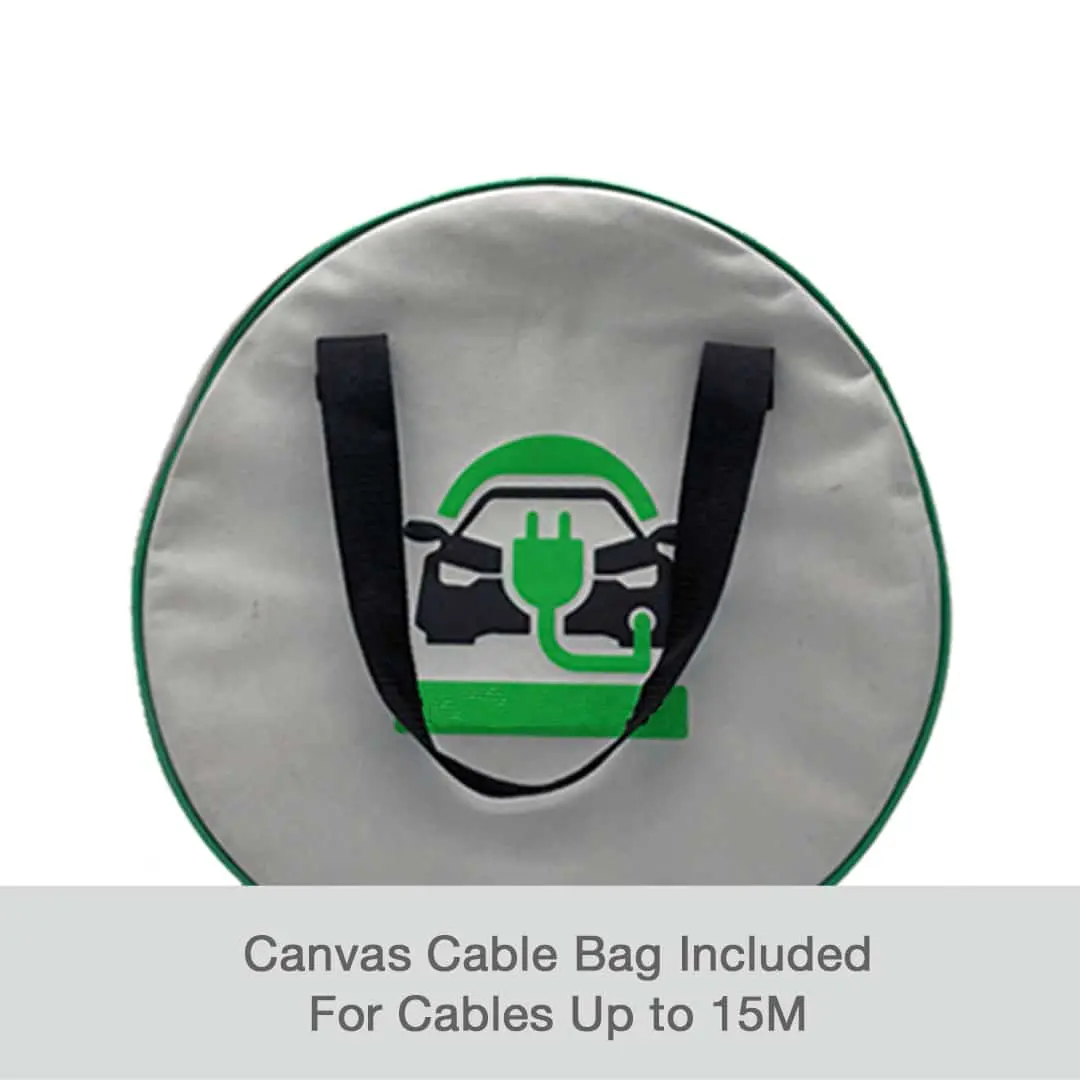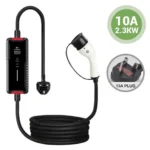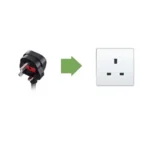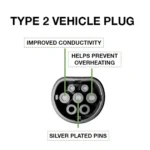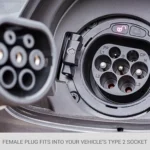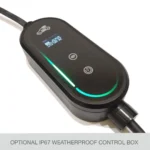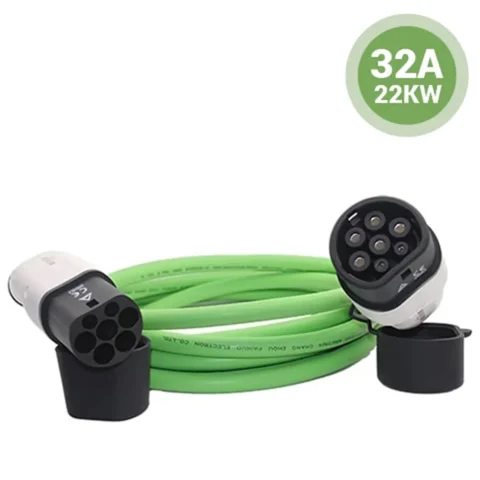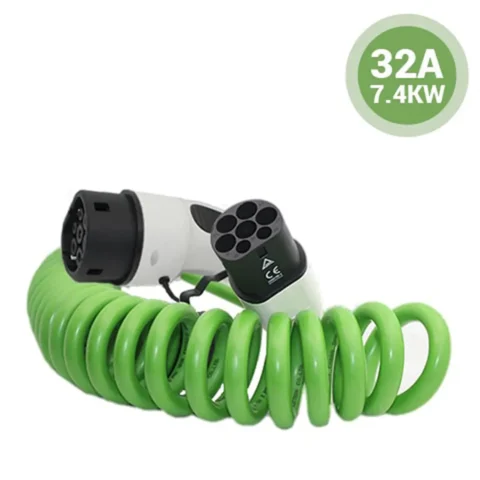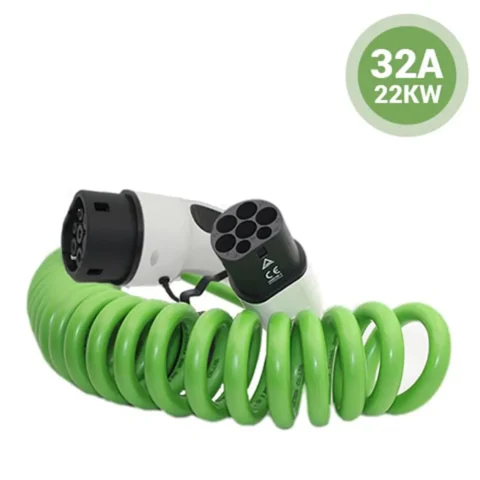Hyundai – 3 pin Charger With Adjustable 6A 8A 10A For UK 13A Sockets
£180.00 – £276.00 vat included
Type 2 to 3 pin charging cable that will charge the Type 2 socket Hyundai EV’s up to 2.3kW when using a 13A 3-pin socket. This charger is recommended if you are charging your EV regularly with a 13A socket.
The 3 pin charger will charge at the safe limit of 10A as well as 8A and 6A, making it suitable for PV (solar panel) charging. Integrated features include voltage and current protection, temperature control, delayed charging, weather resistance, and AC 30mA + DC 6mA Type B RCD protection for safe charging at home or other locations where a 13A 3 pin socket (Type G socket) is available.
A canvas cable bag is supplied for lengths up to 10 metres. For 15 metre lengths and above, we recommend a cable case. Please read the user booklet included with your cable before using it. Read below for important information about this charging cable.
Please Read Before You Buy
Use A 13A Socket To Charge The Type 2 Socket Hyundai At Home Or At Any 3 Pin 13A Socket
This Hyundai compatible charger offers adjustable current settings, allowing you to charge the Hyundai EV up to the recognised safe limit of 10A.
Adjusting the charger’s current to 6A, 8A, and 10A, enables compatibility with sockets requiring less than 10A. This feature therefore allows connection to solar panels/PV systems.
The 3-pin charger is designed for plugging into a 13A 3-pin socket. The 10A setting represents the maximum current the Hyundai EV should draw from a 13A socket. Drawing more than 10A is not recommended due to the increased risk of the socket and plug overheating.
When using a 13A socket for regular charging, the lower 6A and 8A settings are available, minimising the heat impact on the mains socket. This is important for 13A sockets without a dedicated circuit connection. Or when a qualified electrician has not certified the circuit and socket.
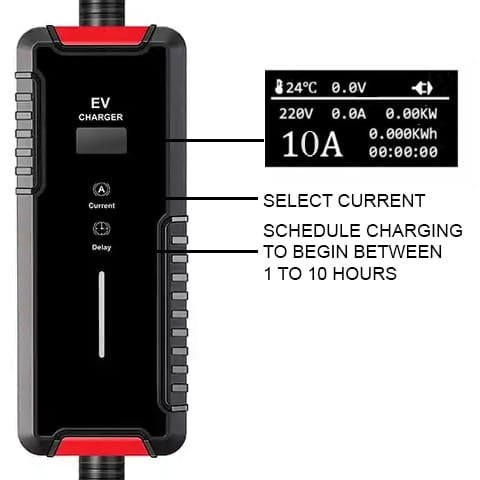
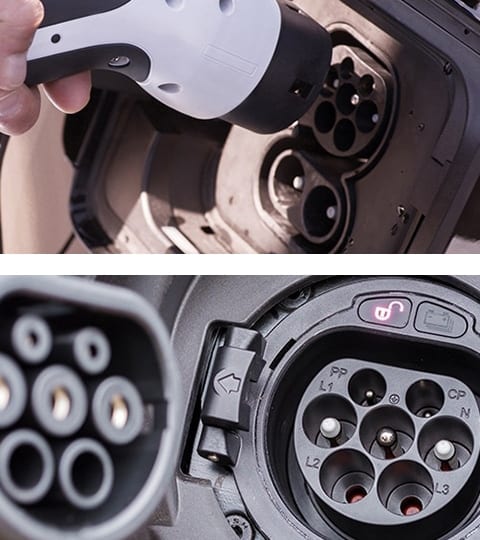
Choosing The Right Charger
The Hyundai EV has a Type 2 socket as standard, ensuring compatibility with this charger.
Charging an EV with a 13A socket may cause thermal damage if the socket overheats due to damaged or faulty wiring or if the electrical circuit is overloaded.
For this reason, we recommend having an electrician inspect the intended socket for EV charging to certify its suitability. This assessment should encompass factors such as the set current (6A, 8A, or 10A), charging duration (e.g., 4 hours at a time), and the frequency of EV charging (e.g., daily).
We understand that, at times, charging your EV with a socket certified by an electrician may not be feasible. In such instances, we recommend using the lower amp setting of 6A. It is also a good idea to ensure that both the plug and socket are not becoming excessively hot during the EV charging process.
Avoid using an extension lead or adapter with this 3 pin charger. Plug the charger directly into the vehicle socket of the Hyundai EV. Ensure that water does not come into contact with the prongs of the 3-pin plug or enters inside the Type 2 plug. Keep the charger dry when not in use. Before usage, be sure to read the user booklet included with the charger.
Please note that the manufacturer of this vehicle did not manufacture this charging cable.
How Waterproof Is This Charger?
This charger consists of four main components: the 3-pin plug, the cable, the control box (unit), and the Type 2 plug.
3-Pin Plug: The plug should be safe from water if you are plugging it into an indoor socket. If you are using an outdoor socket, the 3-pin plug needs to be protected and you should therefore use a weatherproof socket.
Cable: The cable is waterproof as long as there are no cuts or tears in the cable sheath.
Control Box: The standard control box is IP65-rated. This rating means that the control box can withstand light rain. If you are placing the control box outside, you can select the option to upgrade to the IP67-rated control box. This rating means that the control box is fully weatherproof.
Type 2 Plug: The Type 2 plug is built with an outer shell that is designed to withstand rain and snow when connected to the vehicle socket. The vehicle socket must also provide protection from water ingress when the Type 2 plug is connected and the fit between the plug and socket must be watertight. A common way for water to enter the Type 2 plug is when the plug cap is replaced after charging. To avoid this, ensure the inside of the plug cap is dry before replacing it. Avoid leaving the plug lying around outside and store the charger in a dry place when not in use.
Features Of The Charger
This charger conforms to the EV charging standard IEC 62752 to ensure protection for the user and vehicle.
Certification: UKCA, CE.
Charging Timer: The charger will charge your EV from 1 to 10 hours after being plugged in. Thus enabling charging during off peak electricity rates.
Type A and Type B residual current fault detection: 30mA AC + 6mA DC
Built in fault detection: Over voltage / under voltage, over current and surge protection.
PCB Overheating protection: The charging current will automatically reduce if the circuit board in the device box exceeds 75 degrees.
3 amp settings: 6A, 8A and 10A.
LED display: Real time charging information including amp setting, kWh usage and charging time.
| Charging cable type | 3-pin (Type G) 13A socket to Type 2 (IEC 62196-2) connectors |
| Lengths available | 5Metre, 8Metre |
| Rated current | 6A, 8A, 10A |
| Certification | CE, UKCA, TUV tested |
| Cable from control box to power outlet | TPE 3×2.5+2×0.5mm. Length including plug: 90cm |
| Cable to Type 2 vehicle plug | TPU 3×2.5+1×0.5mm |
| Control box dimensions | 235mm (H) x 105mm (W) x 65mm (D) |
| IP grade | Control box: IP65 / IP67. Plugs when connected to sockets: IP55 |
| Operating voltage | 220V-240V AC |
| Leakage protection | AC leakage 30mA. DC leakage 6mA |
| Working temperature | -30°C to 50°C |
| Flame retardant | UL94 V-0 |
| Insulation resistance | 10MΩ |
| Altitude | -≤2000m |

